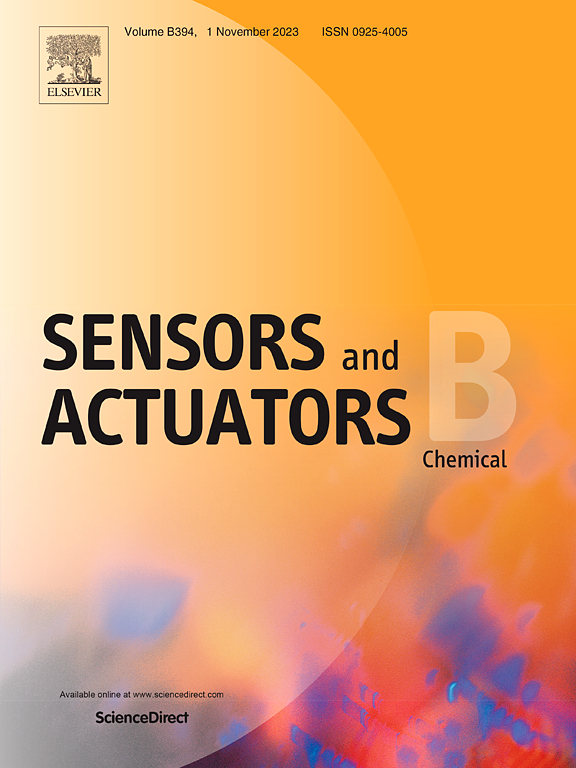ZIF derived coral-like hierarchically structured CoO@CoMn-LDH nanoarray self-supported electrocatalyst for enhanced formaldehyde electrochemical sensing in food samples
IF 8
1区 化学
Q1 CHEMISTRY, ANALYTICAL
引用次数: 0
Abstract
Formaldehyde (FA) is a toxic substance and represents a risk to human health. It is urgent to develop a low-cost and sensitive electrochemical detection technology for FA based on inexpensive transition metal nanomaterials. In this work, using Co(OH)F nanorods and ZIF-67 as precursors, a self-supporting coral-like CoO@CoMn-LDH nanoarray electrocatalyst with hierarchical structure was synthesized in situ on nickel foam (NF) substrate by two-step template strategy. The integration of hierarchically structured LDH onto the conductive nickel foam substrate offers a robust solution to the disadvantages of low electrical conductivity and easy agglomeration of LDH. Consequently, the engineered coral-like nanoarray significantly enhances the specific surface area and density of active sites of the electrocatalyst, while also facilitating an improved electron transport rate and enhanced mass transfer capacity. As a working electrode, the FA sensor shows superior electrochemical detection performance with a wide response linear range (0.035–7 mM) and a low detection limit (7.8 ×10−3 mM (S/N = 3)), and it has also been effectively utilized to measure FA concentrations in real food samples. This study offers a novel approach and method for developing an efficient and sensitive electrochemical detection technology for FA.

ZIF衍生的珊瑚状分层结构CoO@CoMn-LDH纳米阵列自支撑电催化剂用于增强食品样品中的甲醛电化学传感
甲醛(FA)是一种有毒物质,对人体健康构成威胁。开发一种基于廉价过渡金属纳米材料的低成本、灵敏的FA电化学检测技术迫在眉睫。本研究以Co(OH)F纳米棒和ZIF-67为前驱体,采用两步模板策略在泡沫镍(NF)衬底上原位合成了一种具有层叠结构的自支撑珊瑚状CoO@CoMn-LDH纳米阵列电催化剂。将分层结构的LDH集成到导电泡沫镍基板上,为LDH低导电性和易团聚的缺点提供了强有力的解决方案。因此,设计的珊瑚状纳米阵列显著提高了电催化剂活性位点的比表面积和密度,同时也促进了电子传输速率的提高和传质能力的增强。作为工作电极,FA传感器具有较宽的响应线性范围(0.035 ~ 7 mM)和较低的检出限(7.8×10-3 mM (S/N = 3)),具有优异的电化学检测性能,并已被有效地用于实际食品样品中FA浓度的检测。本研究为开发高效灵敏的FA电化学检测技术提供了新的途径和方法。
本文章由计算机程序翻译,如有差异,请以英文原文为准。
求助全文
约1分钟内获得全文
求助全文
来源期刊

Sensors and Actuators B: Chemical
工程技术-电化学
CiteScore
14.60
自引率
11.90%
发文量
1776
审稿时长
3.2 months
期刊介绍:
Sensors & Actuators, B: Chemical is an international journal focused on the research and development of chemical transducers. It covers chemical sensors and biosensors, chemical actuators, and analytical microsystems. The journal is interdisciplinary, aiming to publish original works showcasing substantial advancements beyond the current state of the art in these fields, with practical applicability to solving meaningful analytical problems. Review articles are accepted by invitation from an Editor of the journal.
 求助内容:
求助内容: 应助结果提醒方式:
应助结果提醒方式:


